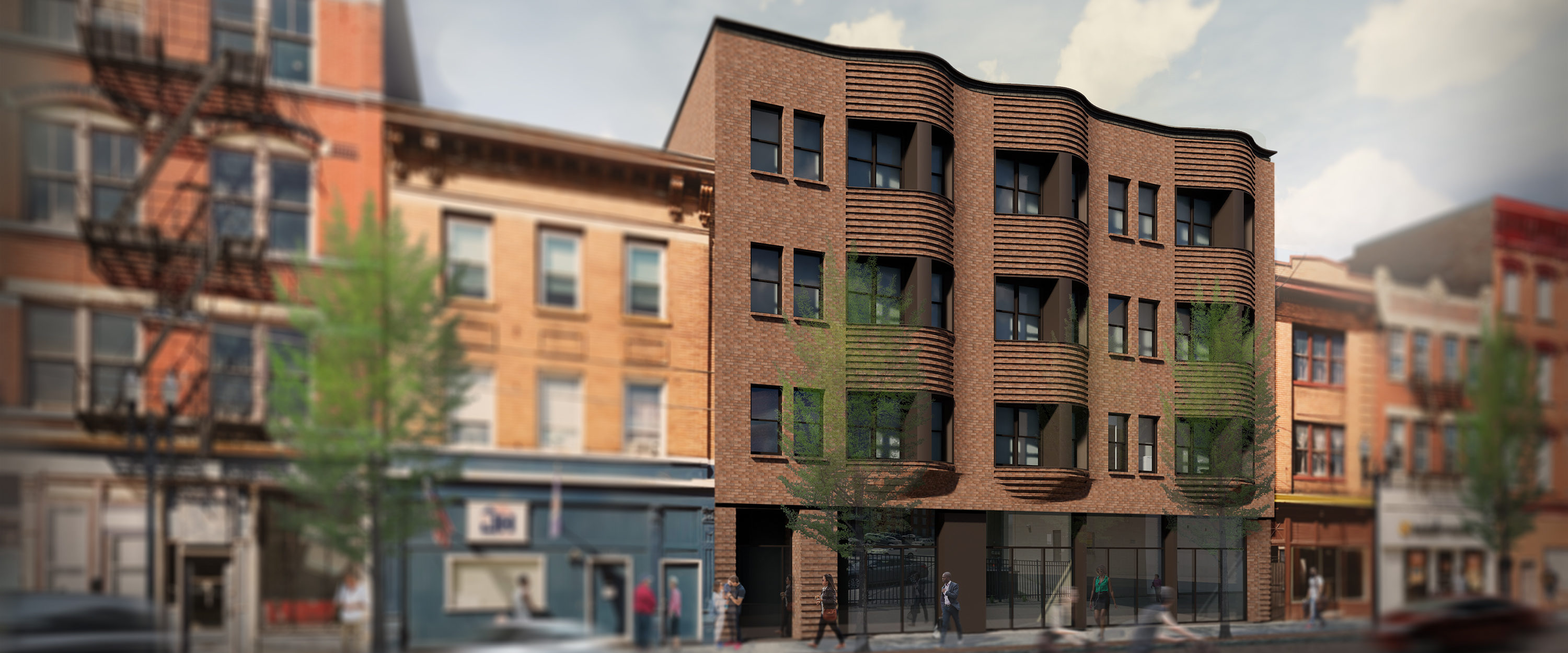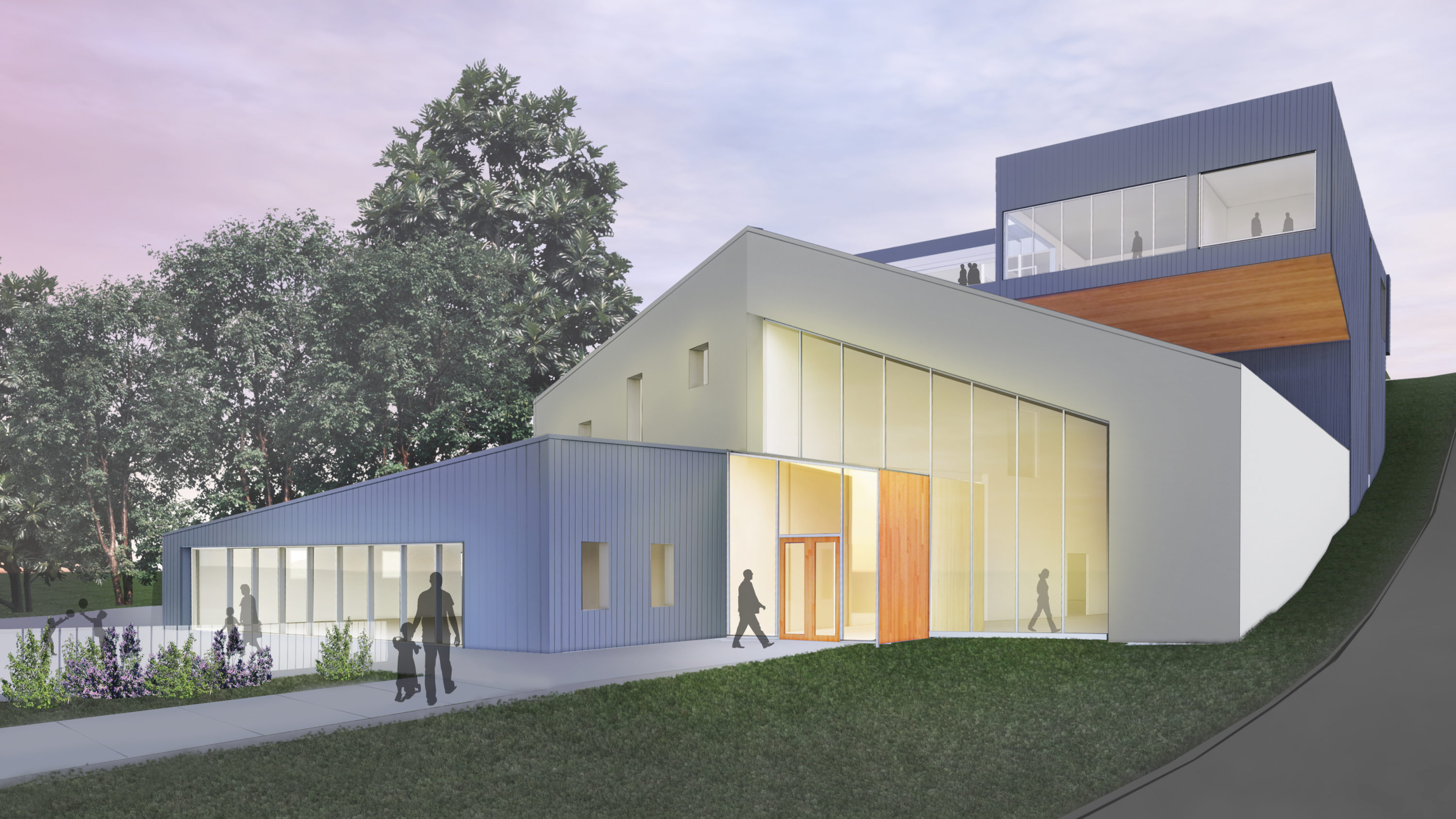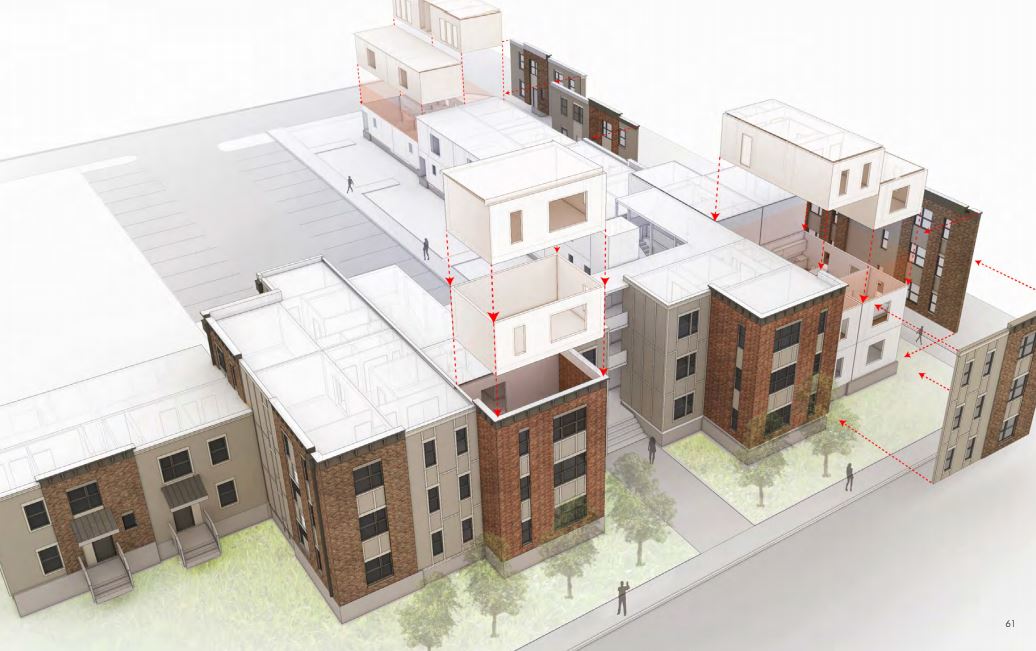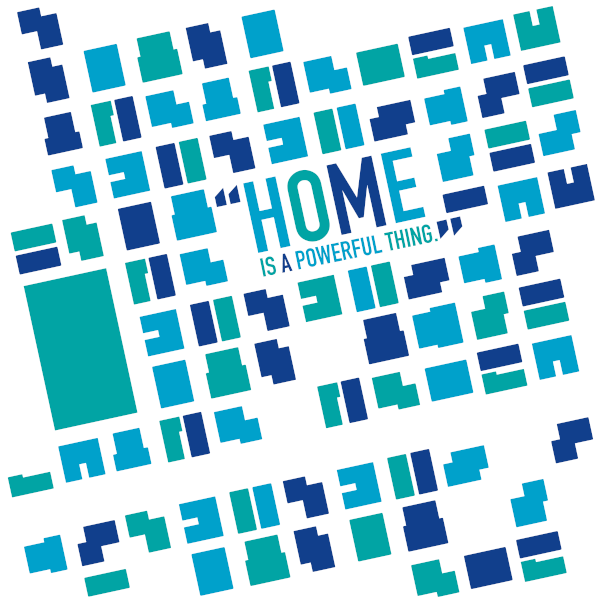Insights
Jul 20, 2020 _ insights
Putting “Home” at the Heart of Affordable Housing
“I believe that one can never leave home,” writes Maya Angelou, “I believe that one carries the shadows, the dreams, the fears and dragons of home under one’s skin, at the extreme corners of one’s eyes and possibly in the gristle of the earlobe.”
Home is a powerful thing. It’s the place that forms you, a guiding set of relationships, memories, and experiences that, for better or worse, make you who you are. Home is also essential to developing our potential. Without a stable home, we have little prospect to be educated, advance in meaningful work, and nurture our loved ones.
We need to ask ourselves what that means for people facing housing insecurity – for the 47.5% of U.S. renters who spend over 30% of their income on housing, for whom an unexpected bill or job loss could spell eviction? What does this mean for people living in 30 million units of substandard housing who face significant health risks from “dilapidated structures, poor heating, damaged plumbing, gas leaks, or lead.” What does that mean for black, indigenous, and immigrant families struggling under the weight of two centuries of racist housing policy?
As a blanket term for these struggles, “housing insecurity” obscures the lasting harm done to families with no place to rely on as “home.” It also covers over the lasting harm done to society from the loss of potential of generations living on the margins.
The shortage of at least 7.4 million units of affordable housing (including over 40,000 in Cincinnati, 17,000 in Pittsburgh, and 31,000 Louisville) reflects the monumental challenges faced by those working to create housing for people with low-incomes. With a chronic lack of funding and complex regulatory requirements, it’s hard to aspire to anything beyond putting a roof over people’s heads. And yet, those who understand the power of home, understand the importance of crafting spaces that transform the lives of those who need them most.

Neighborhood Strategies: “Homemaking” Beyond the Home
The potential of affordable housing to empower and transform stems directly from a holistic understanding of “home.” Home is not just a building we live in, but the relationships—the social, economic, and spatial conditions—that shape us.
Transformative affordable housing initiatives first need to consider the neighborhood. Compounded by racial inequalities, disparities between neighborhoods make it clear that the nation’s residents live in different worlds. For example, although Lower Price Hill and Mt. Adams, two Cincinnati neighborhoods, are less than 5 miles apart there is a 25 year difference in average life expectancy.
Recent studies* make clear that living in safe neighborhoods with access to healthy, affordable food, transportation options, good schools, and green space correlates with better health, happiness, and a longer life. A clear priority for those creating affordable housing should be increasing low income residents’ access to the advantages of these neighborhoods despite the fact that they may be affluent or rapidly gentrifying. For developers this may involve higher site costs, potential delays due to NIMBYism, and challenges with variances and complex zoning overlays. Developing “mixed-income housing” is often a good strategy for including affordable units in these areas, but it’s often not enough to generate support on its own.
It’s important to look beyond program and pro-forma to understand that residents of affordable housing need to be welcomed as valuable community members. This is difficult to do if future neighbors resent the presence of the place new residents call home. Architects play a key role here. They should be adept at listening to the community’s concerns, founded and unfounded, and designing a building that is seen as an asset to the neighborhood in its own right. Communicating the dignity of its residents, contributing to walkability, enhancing neighborhood character, and providing space for new neighborhood services are key ways of overcoming hesitations and fostering a sense of belonging.
There are also reasons to locate affordable housing in disadvantaged neighborhoods. While the most obvious is that sites are more readily available and development is often welcomed, developers should note that housing created with only this in mind doesn’t maximize the impact of scarce resources. The scale at which most affordable housing is developed offers an opportunity to impact not just residents, but the entire community. Developers and architects should be conscious of how that change can be leveraged to support and uplift the culture and prospects of the neighborhood’s longtime residents. They need to carefully study these sites with community members, seeking ways to build upon these sites’ strengths while envisioning functional and culturally-relevant improvements. This may entail understanding how to create opportunities for services that support community diversity and wellness; how commercial spaces can be sized to be more accessible to local entrepreneurs; how lobbies and stoops can communicate openness, safety, and welcome; and other ways to support the social life of the community. It’s important to remember: this isn’t just your site, it was always already someone else’s home.

Residential Strategies: Empathy for the Everyday
All of this is not to say that the design of an individual building is inconsequential for those who will call it home. Awareness and empathy for the real life, day to day challenges and inequities faced by those served by affordable housing should be the basis for the design of the residential and common spaces within. In particular, the design of affordable homes should be tailored to improve health, bolster personal finances, and foster community.
Examples of this include design strategies that:
- Reduce unit to unit noise transmission to relieve parenting stress (no tenant should be considered a ‘bad parent’ because they worked 3rd shift, and their kids are being kids).
- Consider what spaces may be the most valuable in the routines of tenants. Space for a desk or a set of weights may be more valuable than a walk-in closet.
- Provide efficient heating and cooling, and lower flow plumbing fixtures based on high environmental standards (such as Passive House or LEED) to provide lower, more predictable utility bills.
- Make waiting for the elevator less of a default by offering a comfortable stair with good views and chances to say hello to neighbors.
- Look for opportunities to provide outdoor space that is enjoyable and socially-useful (don’t let that lower-level roof or lawn be a leftover).
Developers of affordable housing, who hope to create conditions for stability that help residents stay longer and form nurturing relationships inside and outside of the building, may worry that added features can mean fewer units. Understanding budget pressures, architects should look at the site holistically to see how these approaches can work together for added benefits often at little or no additional cost. For example, investment in attractive stairs with a visual connection to the street not only encourages physical activity, it also keeps eyes on the sidewalks and reduces building energy costs. According to the Center for Active Design, elevators account for 3-10% of a building’s energy use.
Budgets often represent the perceived limit of what can be done in a project, stopping short of the question of what must be done to create the spaces people need to improve their lives. Placing the priority on the latter question enables stakeholders to better target available funding toward clear goals.

Aspirational, Affordable Housing: Groundbreaking Strategies
As the product of generations of policies, investments, and planning, the built environment communicates to people how we, as a society, value them. Too often, it expresses our failure to value poor communities and communities of color. As a baseline, a clear goal of affordable housing must be to work directly against the narrative that some people are more valuable than others—more deserving of the security, opportunity for growth, and feeling of belonging that ‘home’ makes possible.
Obvious as it may seem, this single goal holds within it many daunting questions that also reveal the aspirational potential of affordable housing:
- Can we work with regulatory authorities and neighborhood stakeholders to create design and zoning rules that support affordable housing in real life (not just “in principle”) – meaning with real budgets, real timetables, with the heights and densities needed to fulfill very real housing shortages?
- Would assurances of design quality, potentially enforced through community benefits agreements, help to reduce opposition to low-income housing in affluent areas and ensure that affordable housing developments in low-income areas meet that community’s needs?
- With Low Income Housing Tax Credits (LIHTC) so limited as a funding mechanism, what potential can be unlocked by renovating existing buildings or seeking new partnerships?
- Are the current unit types defined by low income housing agencies meeting the needs of those who will live there, or is it time to investigate other models (live-work spaces, co-housing, etc.)?
- How can technology be used to create designs that better meet people’s needs?
- Under what conditions can modular construction help provide better units on a more predictable timetable?
- How can investments in affordable housing promote ownership, rental equity, and long term job creation to grow equity and wealth for disadvantaged people and communities?
All of these are questions at the forefront of work in affordable housing today.
The ultimate benefit of pushing these questions and breaking new ground in the development of affordable housing will be a lasting, meaningful shift in perception. Well-served by housing and communities they have a stake in, people living in affordable housing are more likely to see themselves as valued neighbors. Equally important, when we create affordable housing that everyone values—and can get excited about—we can foster the commitment needed to fund, build, and sustain high-quality affordable housing.
———————-
Whether working on large, mixed-use, mixed-income developments like Willkommen or cultural institutions like Cincinnati Shakespeare company’s Otto M. Budig Theater, Mary Jo Minerich approaches projects by posing questions about how spaces are experienced and understood to be meaningful by those who use them. Learn more about her here.
*“Neighborhoods and Health,” Annals of the New York Academy of Sciences; “How neighborhoods Affect Health, Well-Being, and Young People’s Futures,” MacArthur Foundation; “Where We Live Matters for Our Health: Neighborhoods and Health,” Robert Wood Johnson Foundation; “Is Your Neighborhood Hurting Your Health? Here’s How to Change It,” NBC News.




